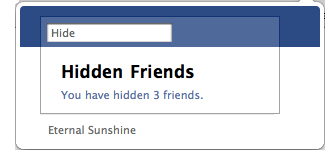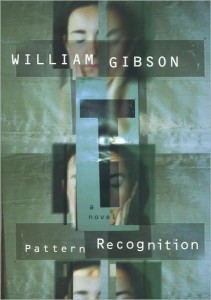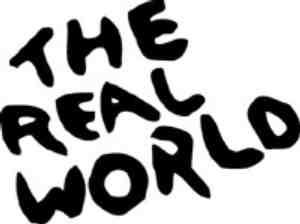This post originally appeared on OWNI, 7 March, 2011.
“Robert, I am leaving you.” In the initial moments after, all Robert could do was replay those words in his head until all the tears he could muster had spilled from his broken heart. Once the shock settled, he could throw himself into the comfort of a bottle of beer – or harder alcohol depending on the situation – to drown out his sorrows. Yet the inevitable form of cleansing was obvious, as we’ve all been Robert – he needed to burn (or at least return to the original owner) the knick-knacks, photos, love letters, and the memories that were attached to those objects. He needed to reject the one who no longer wanted him. This is not an easy step to make, but once this purging has been accomplished then the relationship is truly over.
That was before…and like everything else, yes, it was better before. Now, Robert must also mange his failed love-life in the digital world. It is nothing groundbreaking that our lives are not just physical, but also virtual. So if we raise the question whether our digital accounts will affect the grieving process of friends and family after out death, the same inquiry can be applied to breakups. Social networks have permanently changed the situation, making breakups more painful. A US marketing agency tried to create “break up with your ex day” on the same day as Valentine’s Day: time to turn the page, unfollow, untag, block, and move on! Wise decision, but breaking digital connections are not the same as breaking ties in real life. The digital world constantly reminds the most desperate and nostalgic of their misfortunes.
Facebook: the heroine for breakups

Lucy* had been dumped, and was too quick to take the decision to cut off her torturer from her Facebook profile. “I blocked him to avoid being tempted to contact him on his status updates. I knew I would post something or send him a message. It’s childish, I know!” Skip to the hater category, a well-known classic in the breakup realm. more...









 However as most people will quickly realize, the online gaming world is very similar to the “real life” world and strong assumptions and stereotypes regarding players still exist. Players can largely avoid racial stereotypes as it’s hard to tell the race of the person behind the screen, however, gender stereotypes are harder to escape.
However as most people will quickly realize, the online gaming world is very similar to the “real life” world and strong assumptions and stereotypes regarding players still exist. Players can largely avoid racial stereotypes as it’s hard to tell the race of the person behind the screen, however, gender stereotypes are harder to escape.